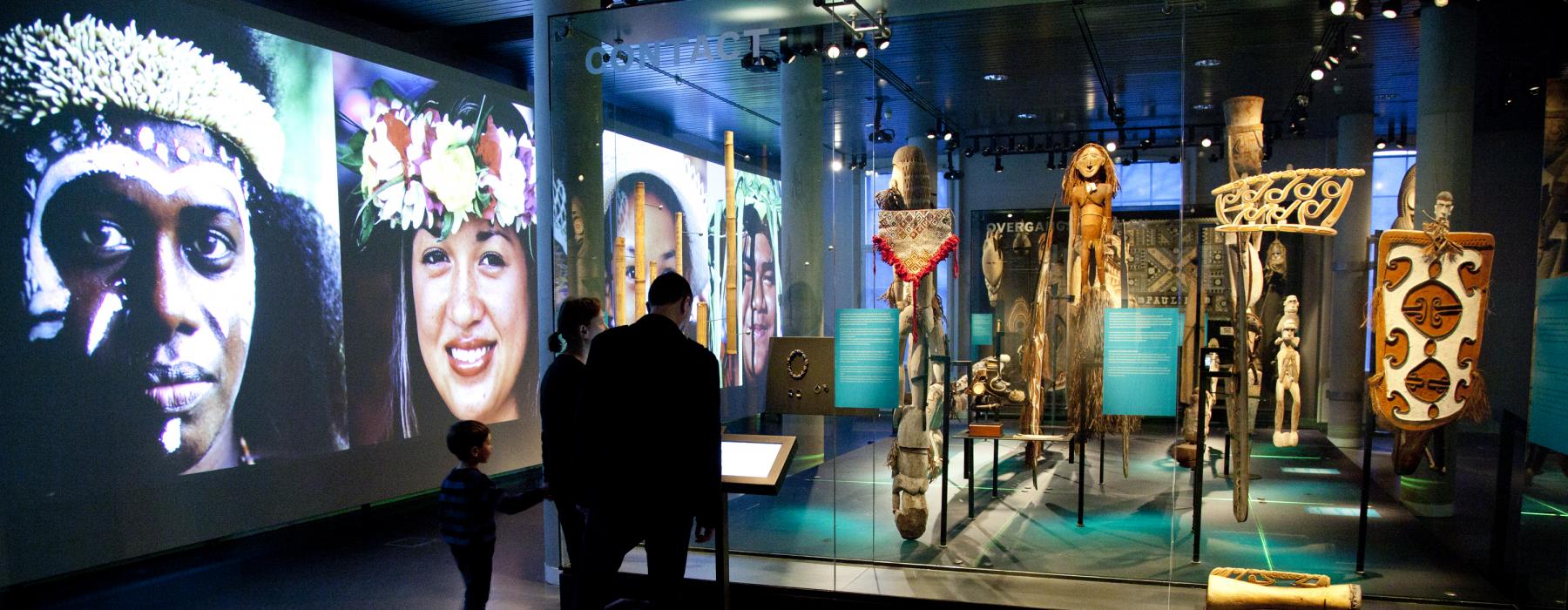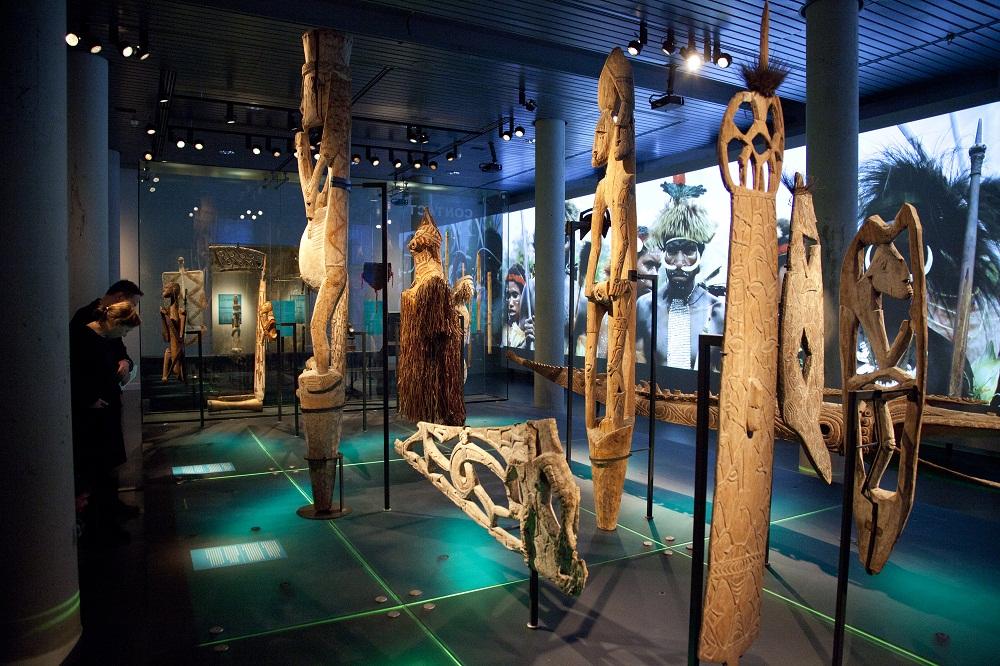
From the seventeenth century onwards, the arrival of western explorers, missionaries and proselytizers engendered rapid changes in the way of life in Oceania. Inhabitants became acquainted with new materials such as cotton and metal. The conversion to Christianity resulted in the destruction of many indigenous objects. Nineteenth century explorers subdivided this vast region into Australia, Melanesia, Polynesia and Micronesia. Modern-day Oceania is characterized by the dynamic way in which its indigenous peoples are working towards a future in which their influence is clearly evident.

